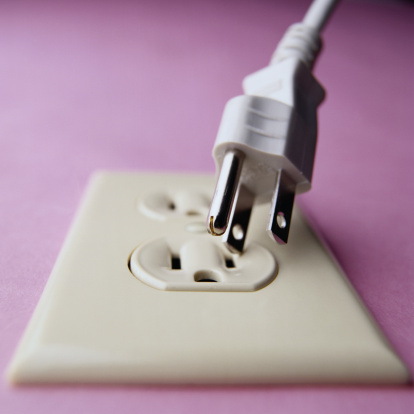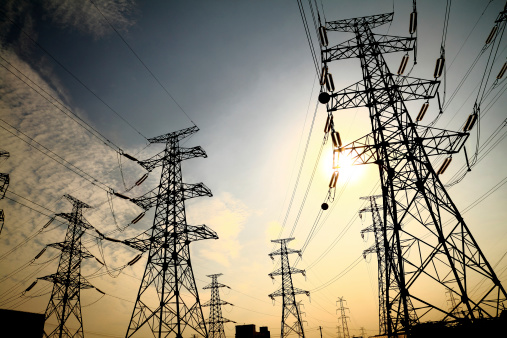 We're not only tethered to them at home, but they can mean the difference between uninterrupted communication on our computers and cell phones and a communication blackout if we're out and about and dependent on the goodwill of offices, restaurants, coffee shops and shopping malls.
We're not only tethered to them at home, but they can mean the difference between uninterrupted communication on our computers and cell phones and a communication blackout if we're out and about and dependent on the goodwill of offices, restaurants, coffee shops and shopping malls.
Most of us refer to them as “outlets” although the technical term for them is “receptacles.” But we certainly know them when we see them. The paradox is, we either seem to know exactly where every outlet is located in our world or we're in hot pursuit of finding one to “power up.”
As your education about electricity and electrical repairs continues, you might be curious to know a little more about various types of outlets – and why you should be proactive and call a licensed local electrician if you're relying on the “wrong” one in your home. Fortunately, outlets are fairly simple to distinguish from one another:
- A Type A outlet is such a basic, streamlined outlet that you might not even have one in your home. It features two flat, parallel blades. Early on, you could insert an electronic device into this type of outlet in either direction. Newer models feature blades of two different sizes, with the neutral blade wider than the live blade. In practical terms, this means that you can plug in an electronic device in only one direction.
- A Type B outlet is far more commonplace in bedrooms, living rooms, dining rooms and family rooms. From lamps to TVs, they feature two flat blades and a round grounding pin. Also known as the “North American 3-pin,” this outlet can be installed horizontally or vertically on the wall. Most homeowners prefer Type B outlets because they offer the ability to plug in two different devices at the same time (and a few more if you're using an extension cord).
- Ground-fault circuit interrupters (GFCIs) should be mainstays in your kitchen, bathrooms, laundry room, spa room or anywhere else where water is present. These outlets sense danger – namely, water – and shut off the power to prevent electrical shock and electrocution. They look very much like Type B outlets but also feature a black “test” button and a red “reset” button. It's a good idea to test your GFCIs every month by pushing the “test” button and waiting for the “reset” button to pop out. Plug in an electronic and make sure that it doesn't turn on. Then push the “reset” button. (By the way, many people refer to GFCIs as GFIs; they drop the “C” in “circuit.” The terms are interchangeable).
- Range outlet - It's probably been a while since you've seen one of these, precisely because it's hidden by your cooking range. It requires much more power than a conventional appliance – even your refrigerator – and is also fitted with a circuit breaker.
- A dryer outlet is made especially for tumble dryers. Your dryer outlet may feature three blades, but those in newer homes feature four blades because of updated building codes. Like a range outlet, a dryer outlet is designed to deliver plenty of power to this powerhouse appliance.
You also may notice that an outlet in your home is marked with “AL,” “CU” or both. This means that the outlet can depend on aluminum or copper wire or both.
Technicalities aside, we hope you now have a better understanding of the types of electrical outlets in your home and their purposes. Don't hesitate to contact Experts In Your Home in Chico the next time you need a local Chico electrician. Our experts can help you stay connected – and in the safest manner possible.
Don't try these electrical jobs yourself - find out when to hire a professional electrician by downloading the FREE guide below:








